Orchids
The orchid collection of the botanical garden comprises approximately 1,800 species in about 2,500 specimens. Part of the collection is of scientific and genetic value with known origins from the wild and part serves for ongoing display to visitors in the Fata Morgana Greenhouse.
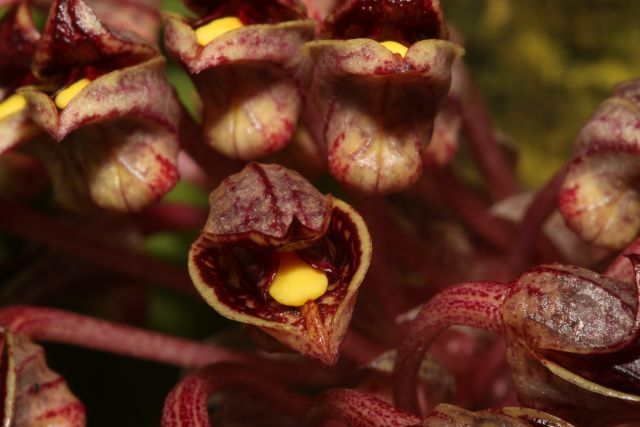
Bulbophyllum becarii
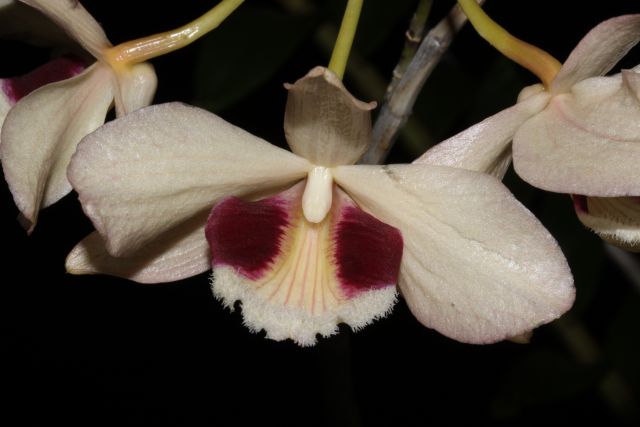
Dendrobium pulchellum
Ferns
The tropical and subtropical fern collection consists of about 400 taxa, primarily gathered from natural habitats. With specimens from all fifteen recognized orders, it holds significant educational and scientific importance. Collection is featured in displays within the Fata Morgana Greenhouse and also serves for special exhibitions.
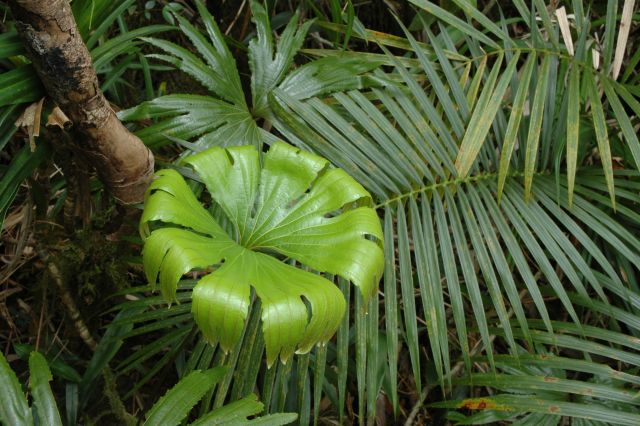
Dipteris conjugata
Conifers
The collection of tropical conifers consisted of 114 species in 125 specimens at the end of 2016.
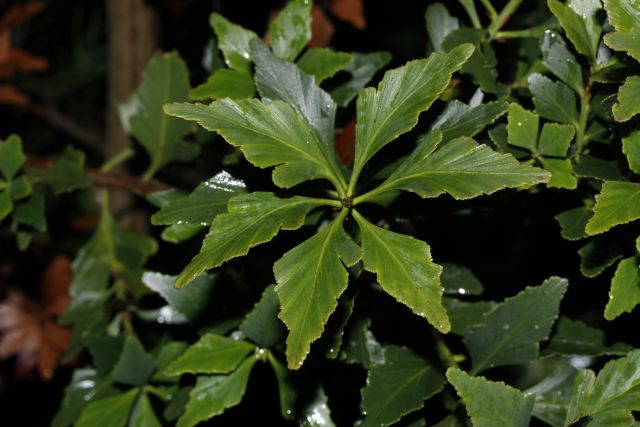
Phyllocladus asplenifolius var. asplenifolius
Conifers of the genus Phyllocladus are known for their nearly leafless nature. Leaves are small, sparse, and capable of photosynthesizing only for a short time. Instead, they are replaced by flattened, leaf-like shoots While we have already cultivated some species in our garden before, it was not until 2016 that we acquired the Tasmanian species Phyllocladus asplenifolius, of both male and female specimens.
Ant-loving pepper plant
In preparation for the Plants and Ants exhibition, we have obtained a valuable addition: Piper fimbriulatum, from the Zoological and Botanical Garden of Pilsen. Only a few pepper plants from Central and South America collaborate with ants of the species Pheidole bicornis, offering them accommodation in hollow branches and leaf petiole cavities. Additionally, single-cell glands on the petioles provide ants with fats and proteins. This pepper plant can reach up to 5 meters in height and grows both in lowlands and higher elevations in the extremely humid regions of the Pacific coast of Costa Rica, Panama and the Chocó province of Colombia. It is exclusively found in undisturbed areas and is classified as Near Threatened according to IUCN categories. In 2005, a study revealed the isolation of a substance (lignan) with larvicidal effects on mosquito larvae from this pepper plant.
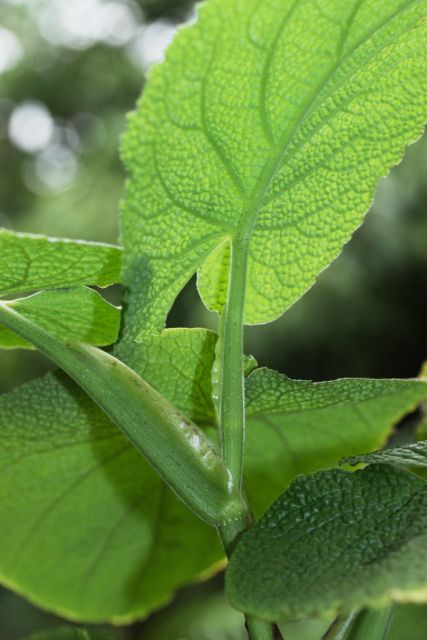
Piper fimbriulatum